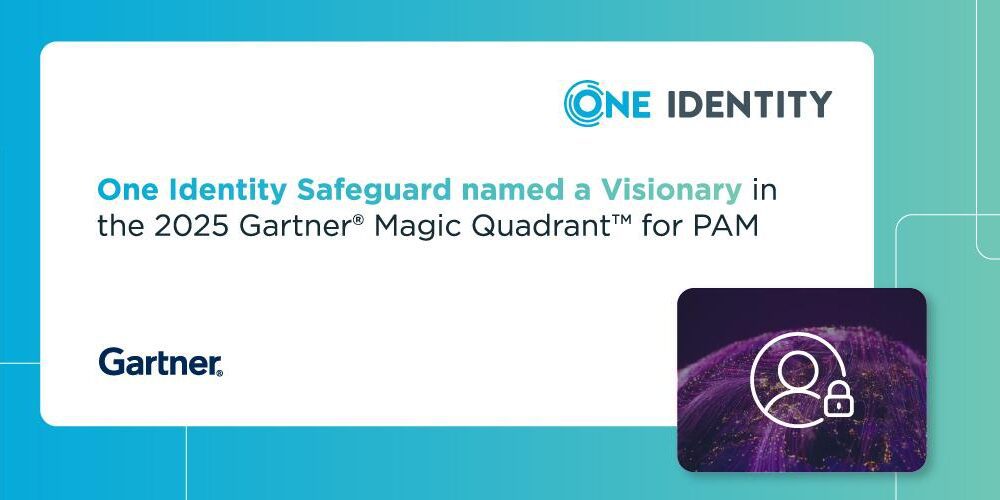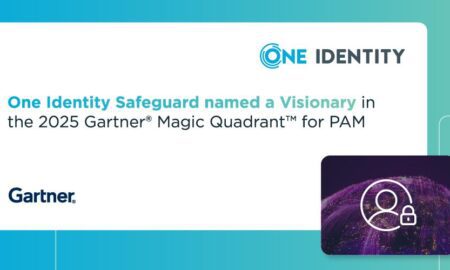Exiting a SaaS startup can be both an exciting milestone and a complex process for tech founders. As digital markets evolve and acquisition interest grows, especially through global business listings and online deal platforms, many entrepreneurs find themselves wondering how to effectively position their company for a smooth and profitable exit. Understanding the nuances of startup acquisition, digital M&A, and how to navigate the tech business sale landscape is essential.
This article provides strategic insights for those looking to exit a SaaS startup, including preparation tips, buyer expectations, valuation methods, and post-sale considerations.
Why Tech Founders Consider Exiting
There are numerous reasons why SaaS founders may seek an exit. Some may have achieved their growth goals, while others may be pivoting to new ventures or facing increasing competition. Regardless of the reason, exiting can open doors to fresh opportunities and capital that can fund future projects.
Additionally, a well-planned tech business sale can be a sign of successful entrepreneurship, allowing founders to monetize their innovation and move on at the peak of their business’s value.
Preparing for a SaaS Startup Exit
Preparation is key to a successful exit. Founders must start by conducting a full internal audit of operations, product stability, and customer retention. Buyers interested in digital M&A deals are particularly attentive to churn rates, scalability, and clean financials.
To enhance their appeal, founders should focus on financial clarity by ensuring all revenue streams, recurring billing, and cash flow are well-documented. Keeping the technology stack well-documented and up to date is also essential. Customer metrics such as low churn, high lifetime value, and a predictable revenue model should be highlighted. Lastly, all legal contracts, especially those with customers and vendors, must be clean and transferable.
By refining these elements, founders can increase buyer trust and boost their company’s perceived value.
Understanding Valuation in SaaS Acquisitions
When planning to exit a SaaS startup, it’s important to understand how valuation works in the context of digital businesses. Unlike traditional companies, SaaS valuation is often based on Annual Recurring Revenue (ARR), Monthly Recurring Revenue (MRR), and growth potential.
There are a few common valuation models. Revenue multiples are widely used, where valuation is based on ARR or MRR with multipliers typically ranging from 3x to 10x, depending on market conditions. EBITDA-based valuation is less common for early-stage startups but is relevant for profitable ones. Sometimes, strategic buyers may offer a premium based on the technology, the team, or the startup’s position in the market.
Professional advisors or business transfer agents can help ensure the valuation aligns with market standards. These specialists are also instrumental in identifying suitable buyers, negotiating favorable terms, and ensuring that all legal and financial documents are in order.
Choosing the Right Exit Strategy
Not all exits are alike. Tech founders must consider various paths depending on their goals, timeline, and the maturity of their company.
A full acquisition involves selling the entire business, often to a larger SaaS platform or an investor group. In a partial acquisition or equity sale, founders retain a portion of ownership while new stakeholders bring capital and scale. In an acqui-hire, the acquiring party is primarily interested in the team rather than the product itself. Lastly, merging with another startup can be an effective strategy to expand offerings or enter new markets.
When evaluating these options, founders should consult experienced advisors to match the strategy with their long-term vision.
Finding the Right Buyer
One of the most critical steps in a tech business sale is identifying the ideal buyer. Whether targeting strategic acquirers, private equity firms, or other startups, founders must understand what motivates buyers and what they’re looking for.
Strategic buyers typically seek synergy, access to a new customer base, or a technological edge. Financial buyers are focused on profitability and return on investment. Platform buyers, on the other hand, are looking to add your SaaS solution into their existing suite.
Listing the company on global business acquisition platforms or using digital broker networks can increase visibility. Participating in global entrepreneur forums and SaaS communities can also surface qualified leads.
Startup Acquisition Tips for a Smooth Process
Executing a successful exit depends on preparation, presentation, and negotiation. Founders should create a compelling pitch deck that clearly outlines the business model, growth metrics, team capabilities, and future opportunities. It’s essential to vet buyers carefully, conducting due diligence on their history, funding, and intentions.
Planning for knowledge transfer is crucial. This means documenting key processes and preparing for a smooth transition period. During negotiations, founders should think beyond just the price. It’s important to consider terms, earn-outs, and post-acquisition roles as part of the overall deal.
Buyers are more likely to trust and invest in a company that demonstrates transparency and potential for future growth.
Leveraging Digital M&A Advisors
Working with digital M&A advisors or brokers who specialize in SaaS can significantly improve the outcome. These professionals understand the complexities of technology-driven exits and maintain networks of serious, qualified buyers.
They help with business valuation, creating pitch materials, negotiating deals, and handling legal and financial documentation. While their services come at a cost, they often lead to higher exit values and much smoother transactions.
Post-Exit Considerations
The journey doesn’t end once the deal is signed. Founders must plan for life after the exit, both financially and professionally.
Post-sale planning includes managing wealth effectively, possibly through investments or tax-optimized strategies. It’s also vital to understand and comply with any non-compete agreements in the sale contract. Many founders use their experience and the capital from a sale to launch new startups, join venture capital firms, or mentor emerging entrepreneurs.
Those who list their business for sale with long-term vision and thoughtful planning often find themselves better positioned for continued success in the entrepreneurial ecosystem.
Common Pitfalls to Avoid
Even seasoned tech founders can make mistakes during an exit. Common missteps include overvaluation and unrealistic expectations, lack of preparation or missing documentation, poor negotiation or accepting unfavorable terms, and incomplete legal due diligence.
Avoiding these pitfalls increases the chances of a fair and rewarding exit.
Summary: The Smart Way to Exit a SaaS Startup
Founders should treat the exit process with the same level of focus and vision they had when building the startup. Whether the goal is to scale up with a new partner or move on to a fresh venture, exiting a SaaS business is a defining milestone.
By understanding valuation, preparing effectively, and navigating digital M&A with expert guidance, tech founders can maximize their profits and secure their legacy. When the time comes to list your business for sale, doing so with clarity, strategy, and the right support can ensure the best possible outcome. With these insights and a strategic approach to startup acquisition, founders can move forward confidently, knowing that their innovation will continue to make an impact even after their exit.

































